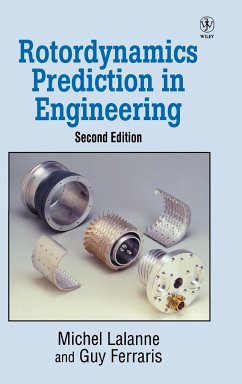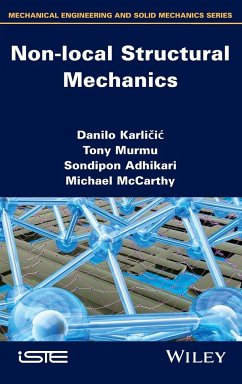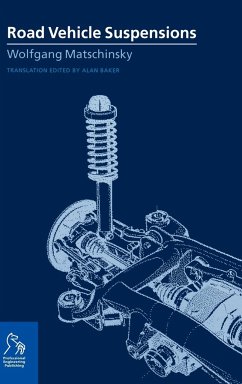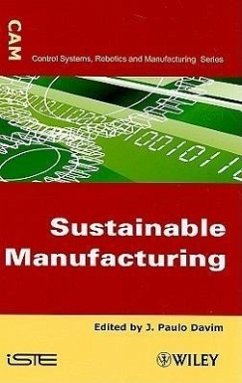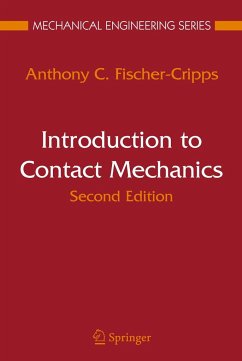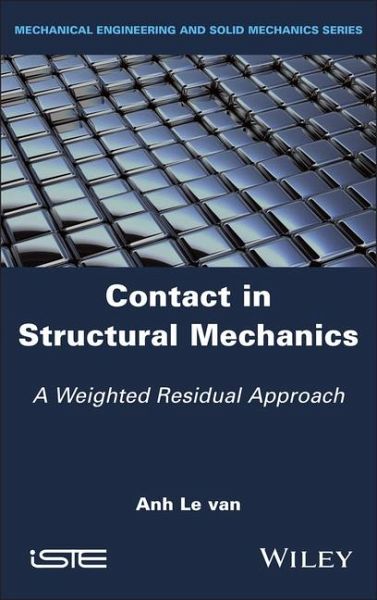
Contact in Structural Mechanics
A Weighted Residual Approach
Versandkostenfrei!
Versandfertig in über 4 Wochen
147,99 €
inkl. MwSt.
Weitere Ausgaben:

PAYBACK Punkte
74 °P sammeln!
Contact in Structural Mechanics treats the problem of contact in the context of large deformations and the Coulomb friction law. The proposed formulation is based on a weak form that generalizes the classical principle of virtual powers in the sense that the weak form also encompasses all the contact laws. This formulation is thus a weighted residue method and has the advantage of being amenable to a standard finite element discretization. This book provides the reader with a detailed description of contact kinematics and the variation calculus of kinematic quantities, two essential subjects f...
Contact in Structural Mechanics treats the problem of contact in the context of large deformations and the Coulomb friction law. The proposed formulation is based on a weak form that generalizes the classical principle of virtual powers in the sense that the weak form also encompasses all the contact laws. This formulation is thus a weighted residue method and has the advantage of being amenable to a standard finite element discretization. This book provides the reader with a detailed description of contact kinematics and the variation calculus of kinematic quantities, two essential subjects for any contact study. The numerical resolution is carried out in statics and dynamics. In both cases, the derivation of the contact tangent matrix - an essential ingredient for iterative calculation - is explained in detail. Several numerical examples are presented to illustrate the efficiency of the method.





